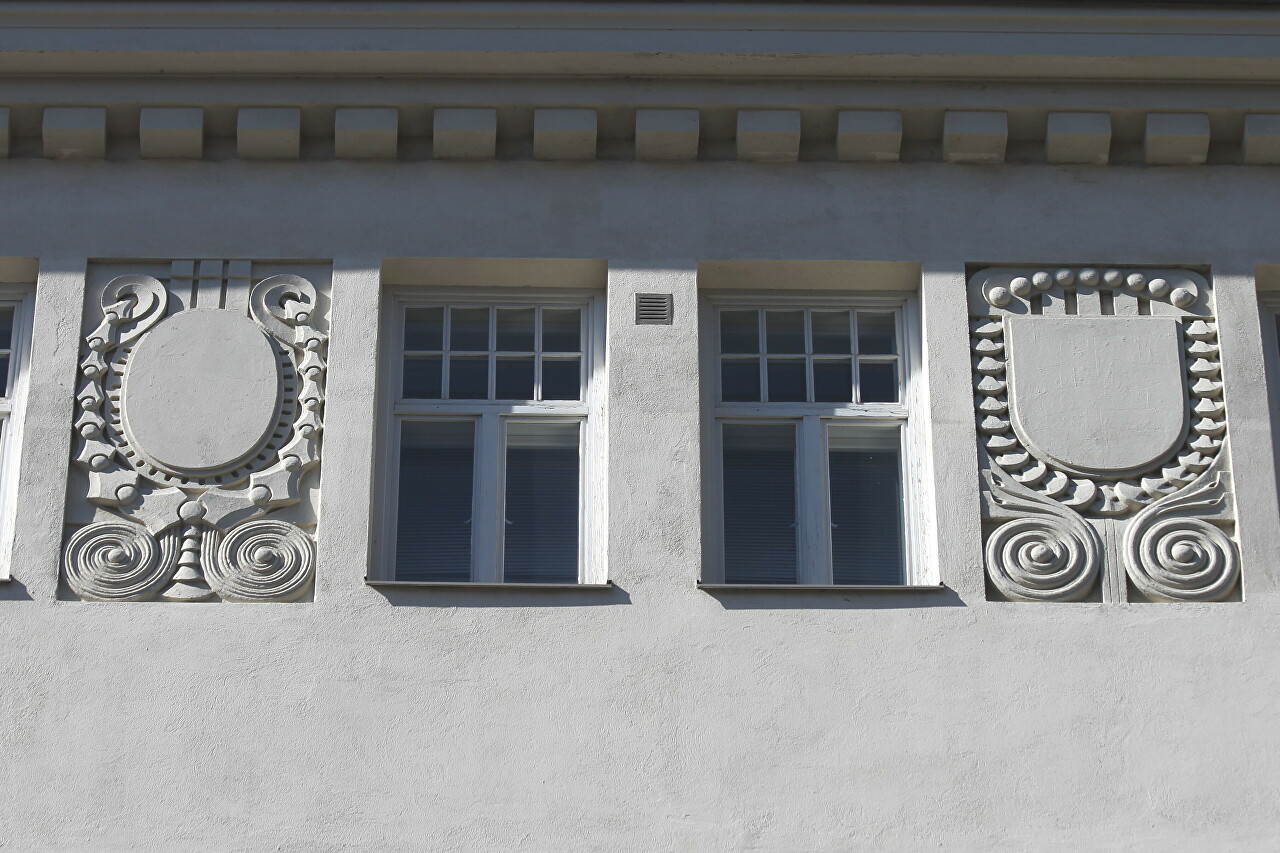Paasivuoren Park, Helsinki
After passing the Long Bridge, at the corner of Hakamieni Square, turn left, where there is a small shady Paasivuoren puistikko square surrounded by tall houses. The second word translates as "small park". The main attraction of the square is the sculpture Nyrkkeilijät (Boxers), installed in 1932. Author Johannes Haapasalo, known for sculptural design of the Student's New Home.
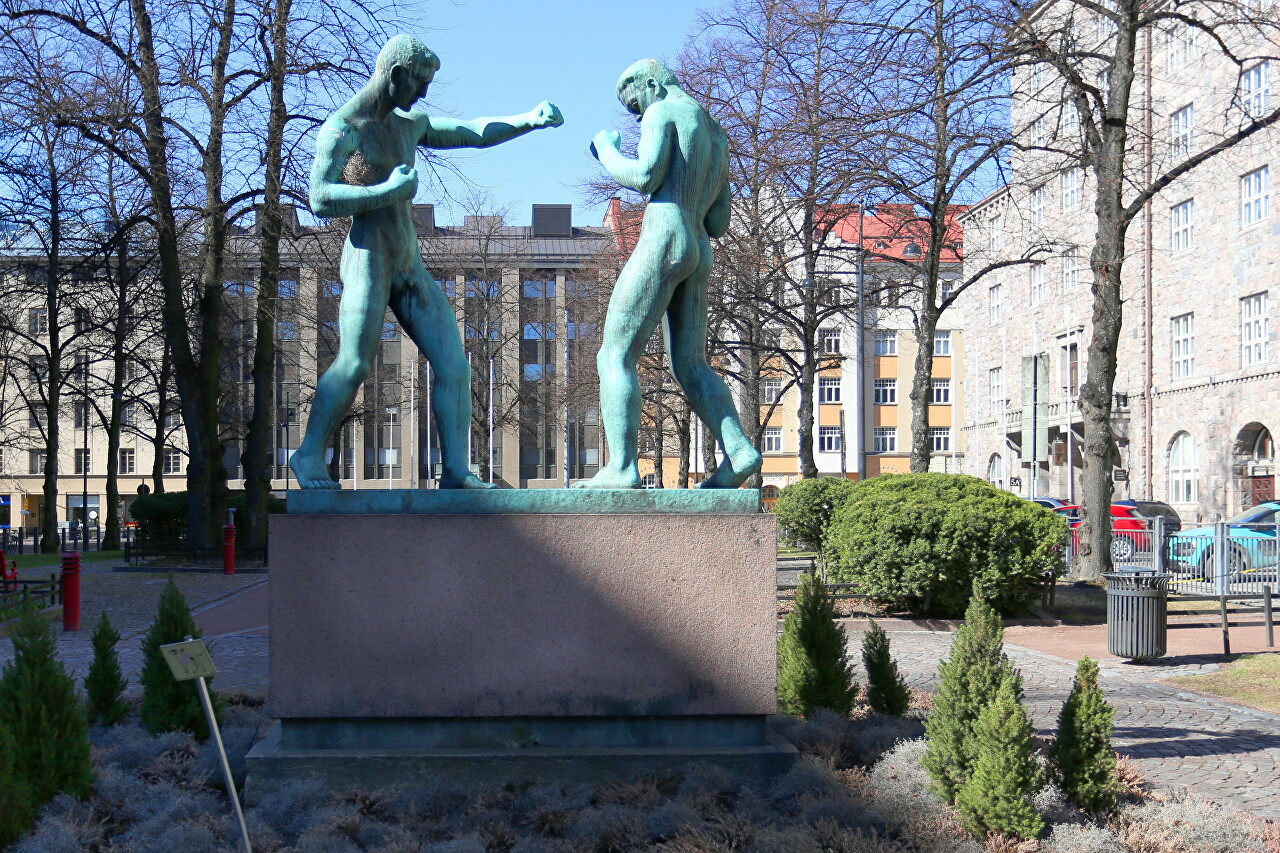
Organizations closely associated with the labor movement have settled around the square. The headquarters of the Social Democrats (Finnish Social Democrat Party, SDP).
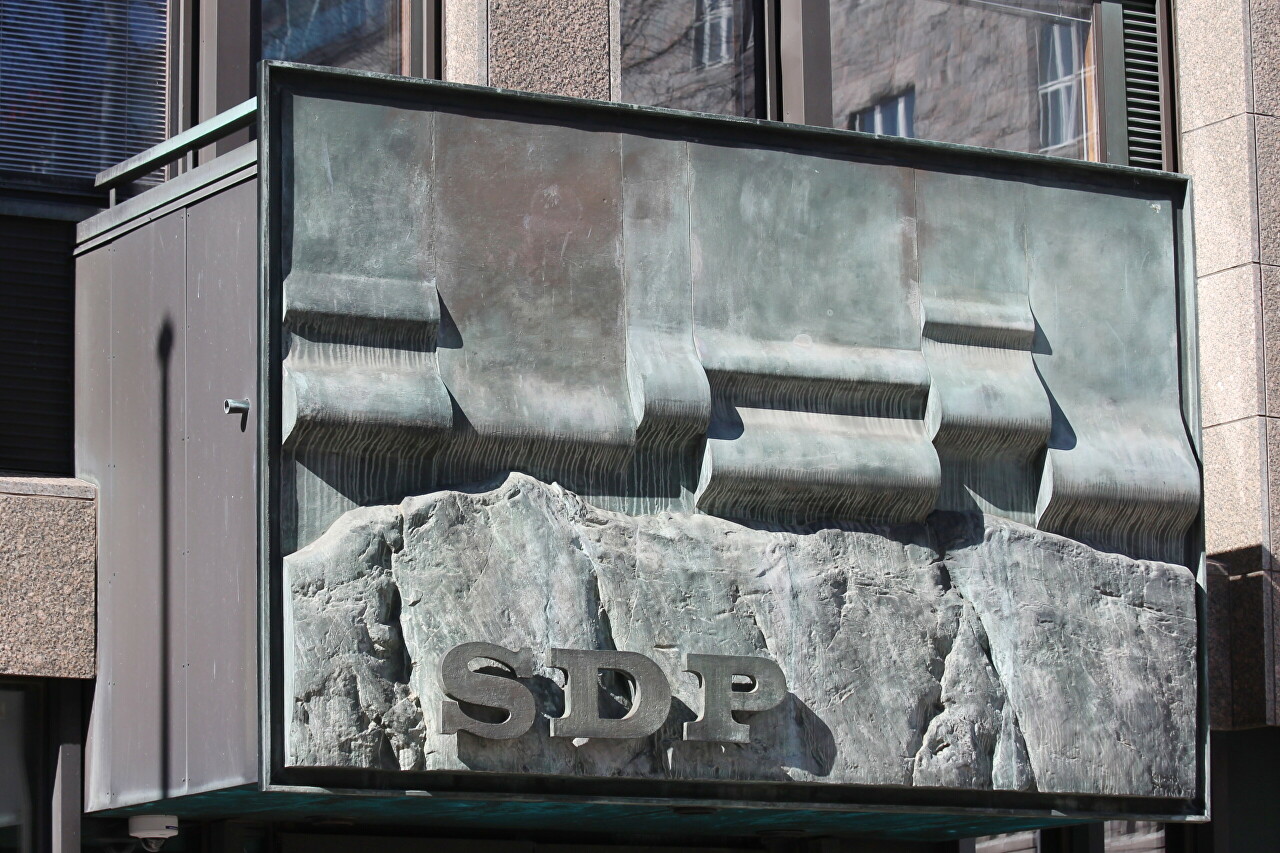
Next to the portal, you can see a memorial plaque dedicated to the writer Mika Toimi Waltari. Valtari is known as the author of works denouncing bourgeois society and imperialism, as well as pro-fascist views.
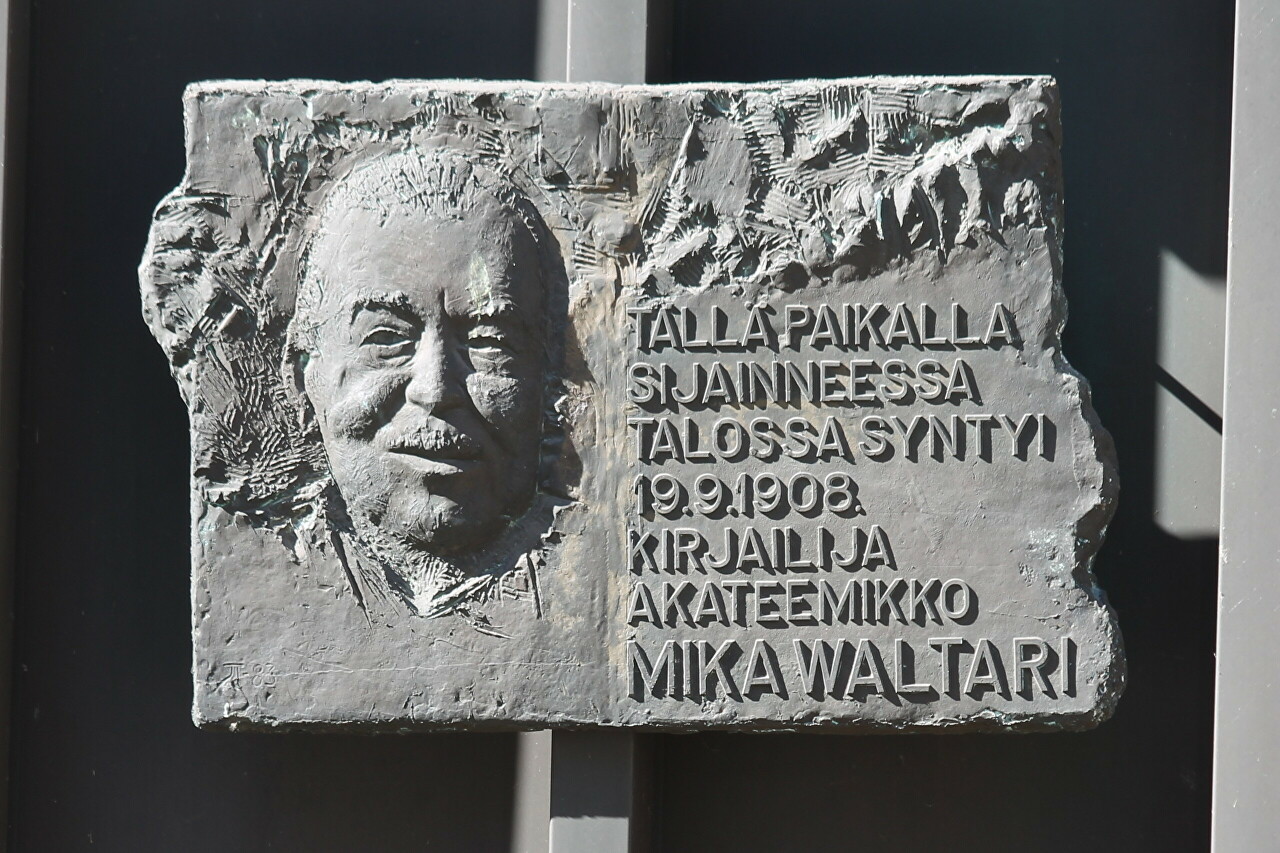
"House of Workers" (Paasitorni) was built in 1908 in the style of national romanticism, designed by architect Karl Lindahl.
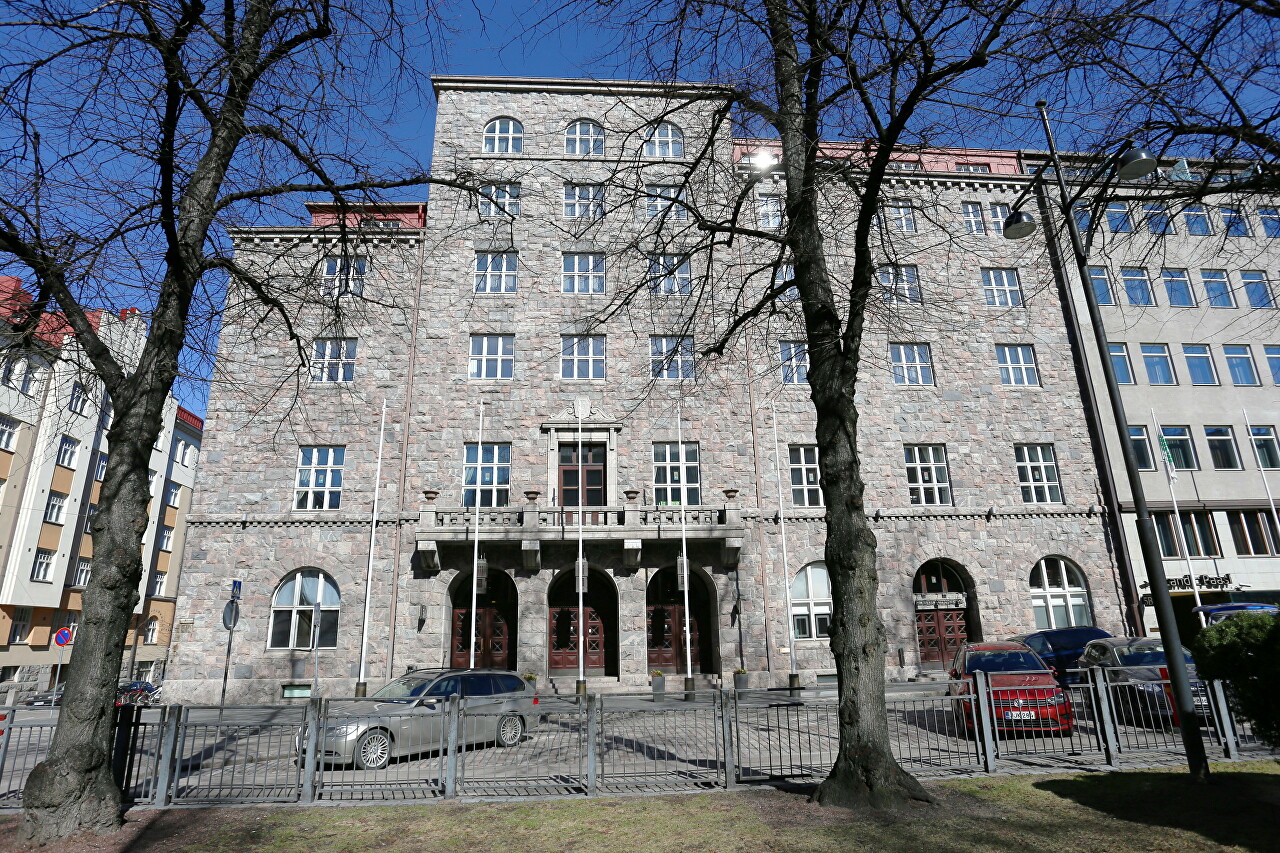
Above the balcony doors, you can see the logo of the Helsinki Workers ' Association (Helsinki Työväenyhdistys).
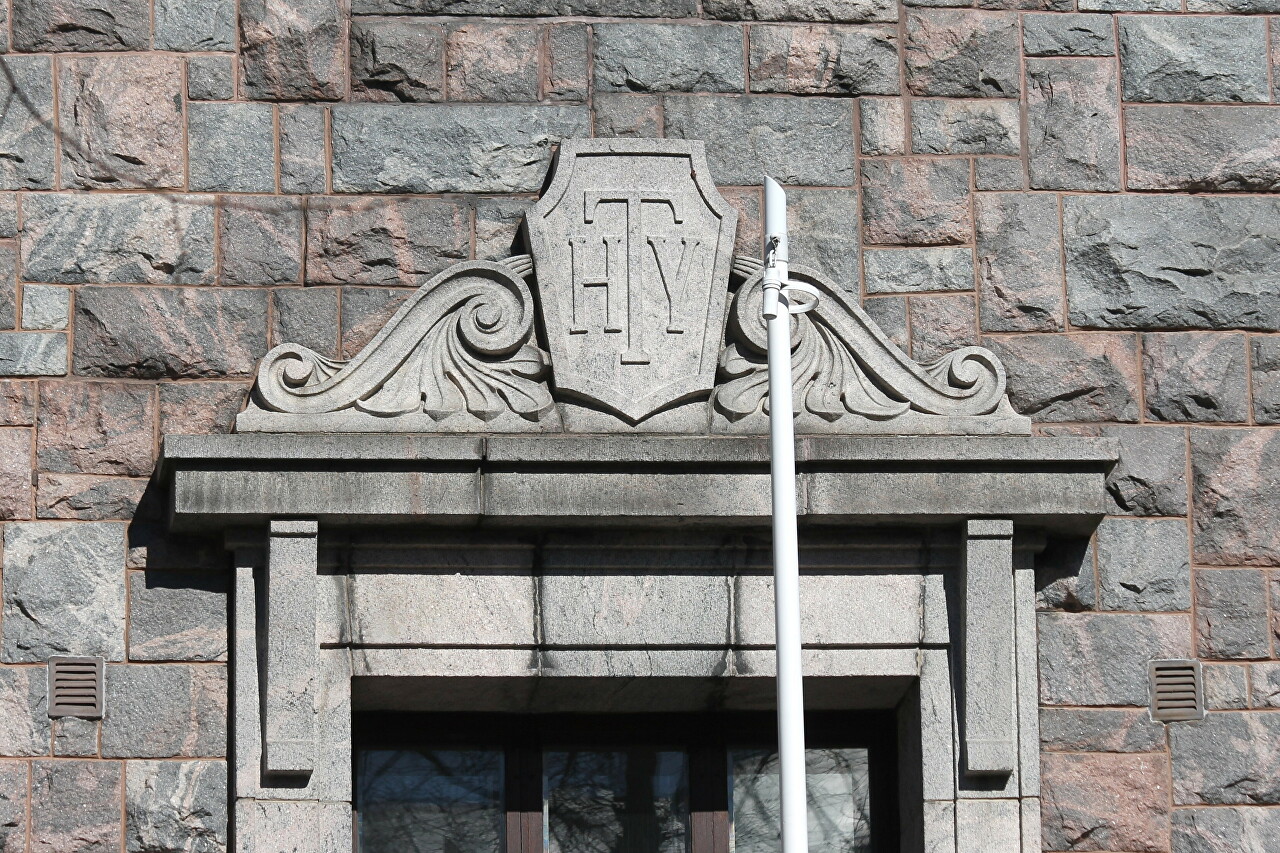
During the Civil War of 1918, the building was severely damaged, in particular, the tower was destroyed, lined with copper sheets.
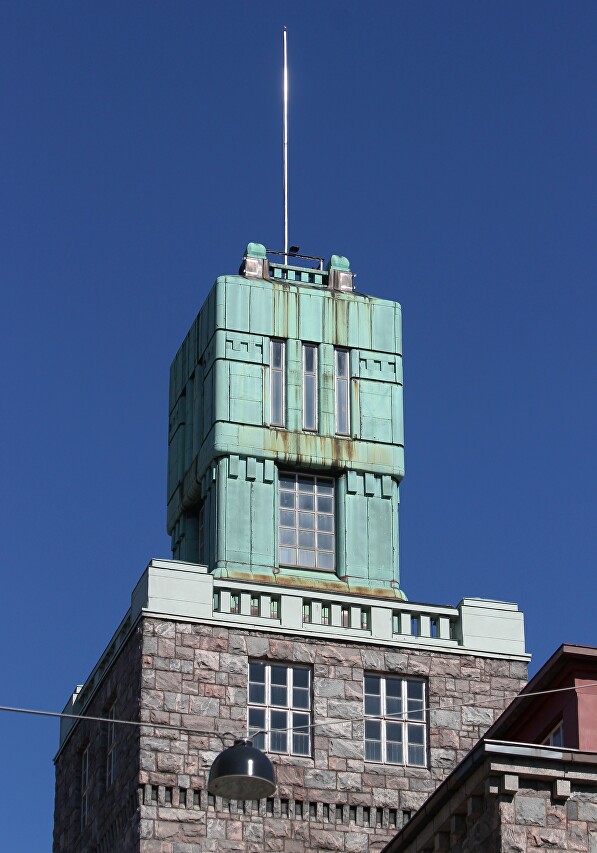
The restoration was again led by Karl Lindahl, and an extension was built according to his project, facing the embankment. Now the building houses offices of public organizations, a conference center with 30 halls of different capacities, a gym, a cafe, and a restaurant.
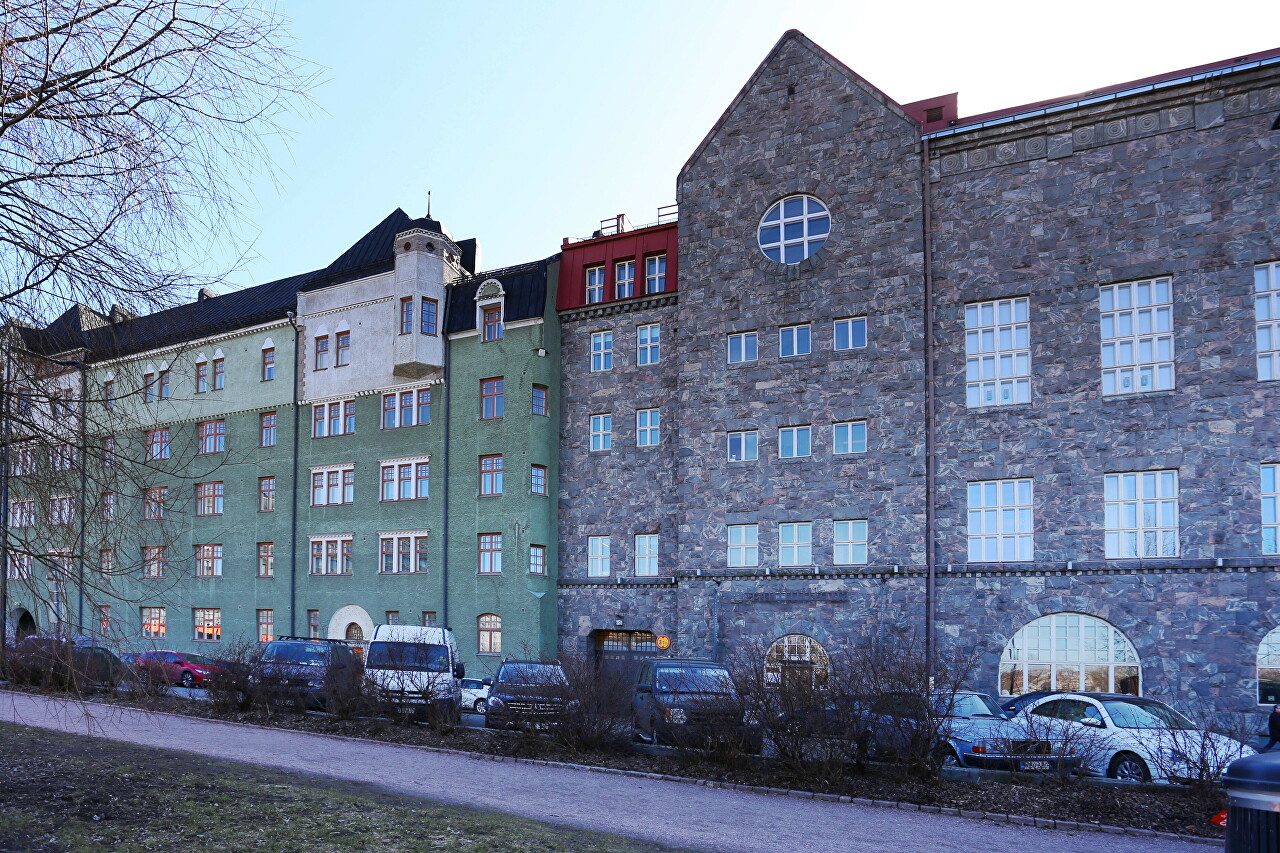
The building opposite, facing the Saarankinranta embankment, was built in 1910 and bears the name Saaristo, as it is written above its main entrance.
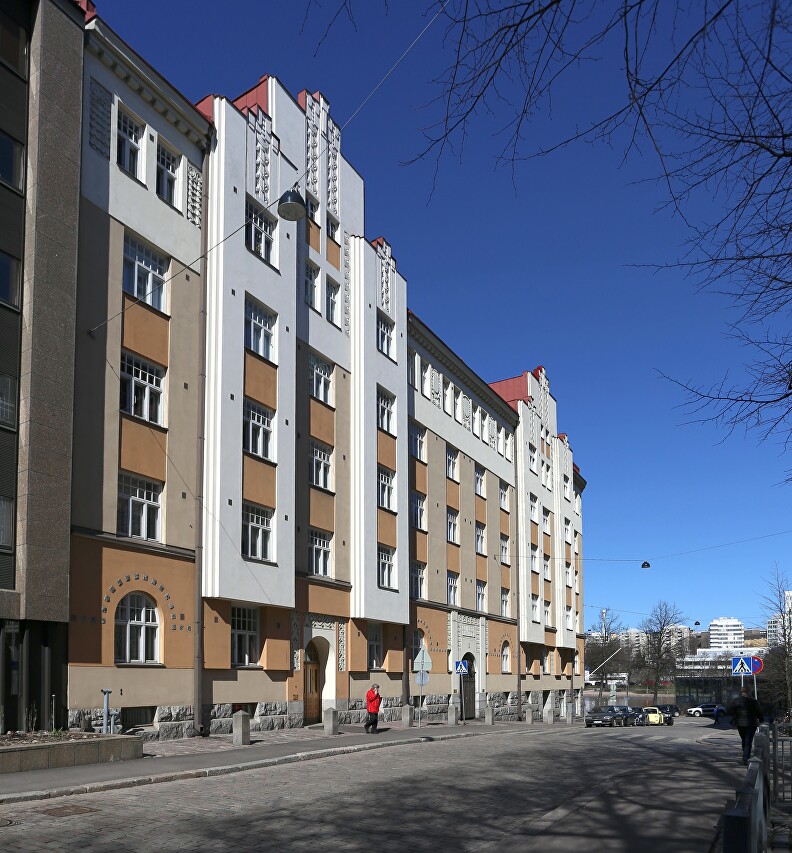
The author of the project is also Karl Lindahl. The building can be attributed to the late Art Nouveau period. Floral ornaments are present, but they already have strict geometric shapes, more typical of Art Deco.
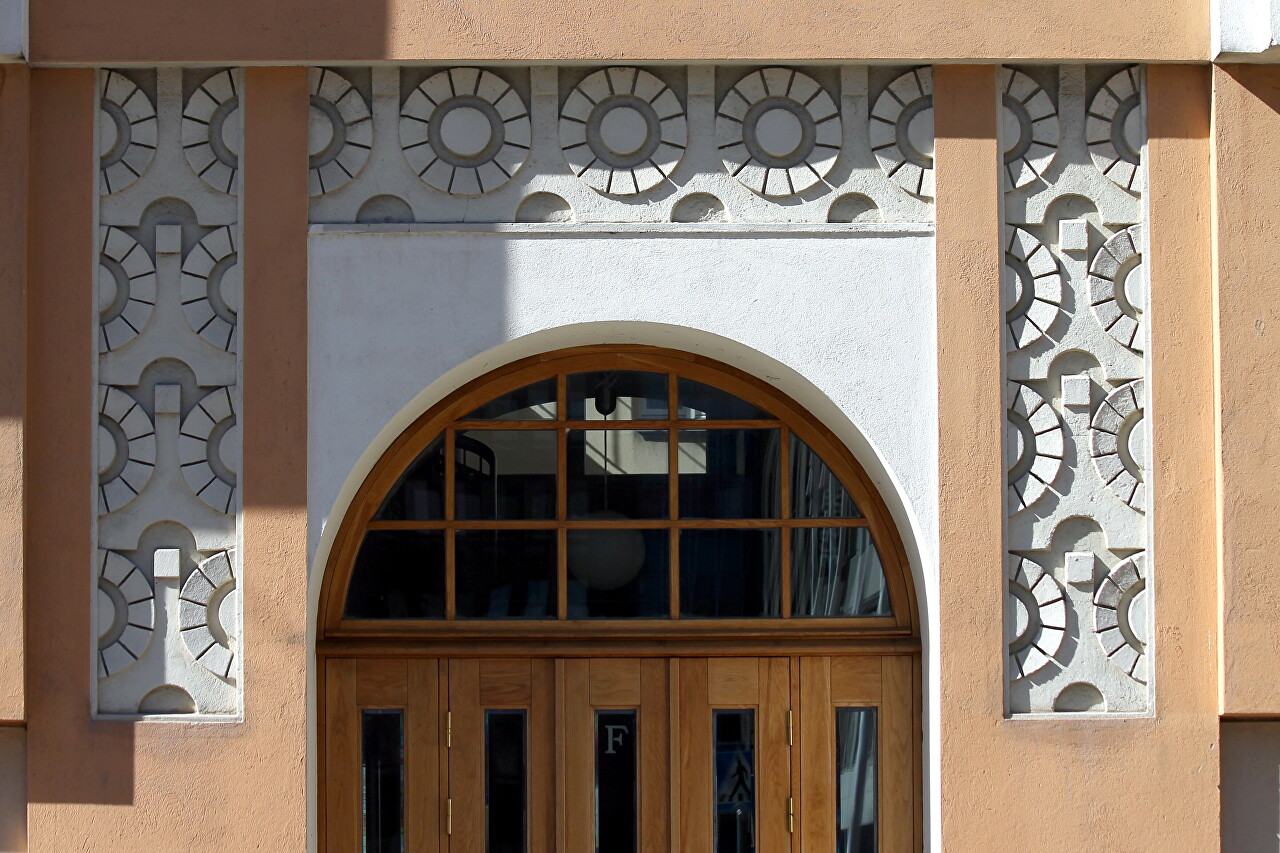
For some reason, the coat of arms boards between the upper floor windows were left without coats of arms.
